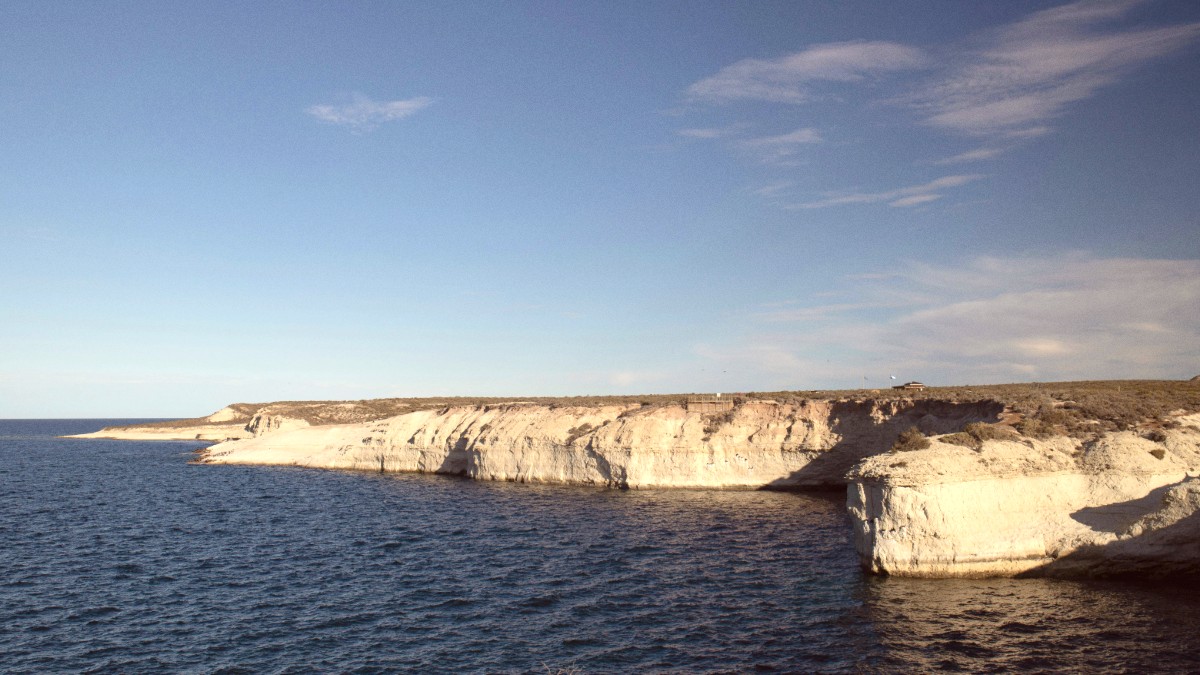
Patagonia, Argentina
Travelers seeking connection with nature find an unique destination here. Puerto Madryn delivers more than wildlife encounters; it presents a blend of Welsh heritage, Patagonian adventure, and local charm, crafting a travel experience distinct from other Argentine destinations. Prepare for breathtaking vistas, remarkable animal interactions, and a welcoming atmosphere that invites exploration.
The blend of ocean and steppe creates an unique ecosystem. The marine environment, rich with plankton and fish, attracts whales, dolphins, penguins, and seals. The land, while seemingly barren, supports guanacos, rheas, and various bird species.
The deep waters of Golfo Nuevo, protected from the open ocean, are specifically inviting for Southern Right Whales during their breeding season. The coastal cliffs provide nesting sites for birds and haul-out spots for pinnipeds. Traveling through the region means witnessing a constant interplay between these two distinct yet interconnected landscapes.
Puerto Madryn's history begins with a significant moment for Argentina and Welsh culture. On July 28, 1865, the clipper Mimosa arrived in Golfo Nuevo, carrying 153 Welsh immigrants. This landing marked the start of the first successful Welsh settlement in Patagonia. The city's name honors Sir Love Jones-Parry, a Welsh parliamentarian who helped facilitate this emigration.
Puerto Madryn initially served as a small port for agricultural endeavors. Its growth accelerated with the construction of a railway line to Trelew in 1886. This railway mainly transported wool from the interior, connecting the Welsh agricultural heartland to the coast. The port then became a shipping point for this important commodity.
Clipper Mimosa arrives, carrying 153 Welsh immigrants.
Named for Sir Love Jones-Parry, Welsh parliamentarian.
Initial settlers found shelter in natural caves.
Railway line to Trelew constructed, boosting port.
Major fishing port, home to Aluar aluminum plant, and tourism hub.
Today, Puerto Madryn functions as a major port for fishing operations, processing the rich marine resources of the South Atlantic. It also hosts a large aluminum production plant, Aluar, a cornerstone of the regional economy.
Despite its industrial and commercial importance, Puerto Madryn has also become a prominent tourist destination. Its historical roots, combined with its modern economic drivers, create a city with an unique character.
The legacy of the Welsh pioneers remains visible in the region, specifically in the nearby Chubut River Valley towns like Gaiman and Trelew, which preserve Welsh traditions, language, and tea houses. This dual identity gives Puerto Madryn a compelling story.
Puerto Madryn offers a comprehensive Patagonian experience, especially for those interested in marine wildlife. Its profile combines natural beauty, historical depth, and economic activity.
A snapshot of the city's aspects for travelers.
Approximately 114,000 residents call Puerto Madryn home (2022 est.). It presents a manageable, welcoming feel compared to larger Argentine cities. It is large enough for amenities and services but small enough to maintain a connection with its natural surroundings.
Tourism, especially ecotourism and marine wildlife viewing, supports the economy. Fishing thrives due to rich Atlantic waters. The Aluar aluminum plant forms a major industrial employer.
Arid Patagonian climate. Dry, often windy conditions with moderate temperatures. Summers are warm but windy, winters cool. Low precipitation year-round.
Argentina Standard Time (ART, UTC-3). Official Language is Spanish. Many in tourism speak English.
Puerto Madryn attractions feature world-class wildlife and natural wonders: